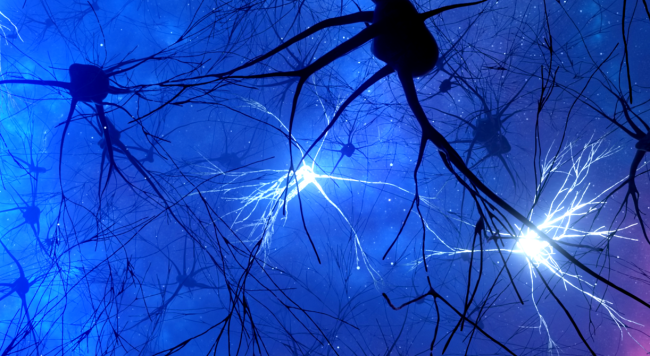iStockphoto
Scientists are back at it again, doing Frankenstein-like things that many regular folks might consider to be questionable.
This time the scientists successfully spliced human brain tissue into the brains of baby rats as a part of their research into possible ways to treat neuropsychiatric disorders.
“Most of the work that my lab has been doing has been motivated by this mission of trying to understand psychiatric disorders at the biological level so that we can actually find effective therapeutics,” Stanford University neuroscientist Sergiu Pașca explained in a press briefing.
“Many of these psychiatric conditions, such as autism and schizophrenia, are likely uniquely human, or at least, they are anchored in unique features of the human brain. And the human brain has certainly not been very accessible, which has precluded the progress we’ve been making in understanding the biology of these conditions.”
The human brain tissue that was used in the experiment was grown in a laboratory and was transplanted into the nervous systems of newborn rats.
According to Science Alert, “The 3D organoids, developed from stem cells to resemble a simplified model of the human cortex, connected and integrated with the surrounding tissue in each rat’s cortex to form a functional part of the rodent’s own brain, displaying activity related to sensory perception.”
In doing this, the team of researchers say it “overcomes the limitations of dish-grown organoids, and gives us a new platform for modeling human brain development and disease in a living system.”
Why transplant human brain tissue into the brains of newborn baby rats?
Previous research involved implanting human brain organoids into the brains of adult rats, but it didn’t work due to the the developmental mismatch.
…the developing neurons in the organoid couldn’t form a strong connection with the fully developed network of an adult rat brain.
So Pașca and his colleagues tried something else: grafting the human brain tissue onto the brains of newborn rats, whose own brains have not yet developed and matured.
Human cortical organoids were cultured in a dish, and then transplanted directly into the somatosensory cortex (the area of the brain responsible for receiving and processing sensory information) of rat pups just a few days old. These rats were then left to grow into adults for another 140 days (rats are fully sexually mature between 6 and 12 weeks).
Then, the scientists studied the rats. They had genetically engineered the organoids to respond to blue light simulation, activating neurons when blue light is shone on them. This stimulation on the human neurons was performed while the rats were being trained to lick a spout to receive water. Later, when the blue light was shone on the organoids, the rats would automatically lick – displaying a response not seen in control groups.
This indicated that not only was the organoid functioning as part of the rat brain, it could help drive reward-seeking behavior.
“Overall, this in vivo platform represents a powerful resource to complement in vitro studies of human brain development and disease,” the study’s authors write in their report published in Nature.
“We anticipate that this platform will allow us to uncover new circuit-level phenotypes in patient-derived cells that have otherwise been elusive and to test novel therapeutic strategies.”
And some day, if we’re really lucky, packs of rat men roaming the planet.
Want more from BroBible? Follow us on Google News.

